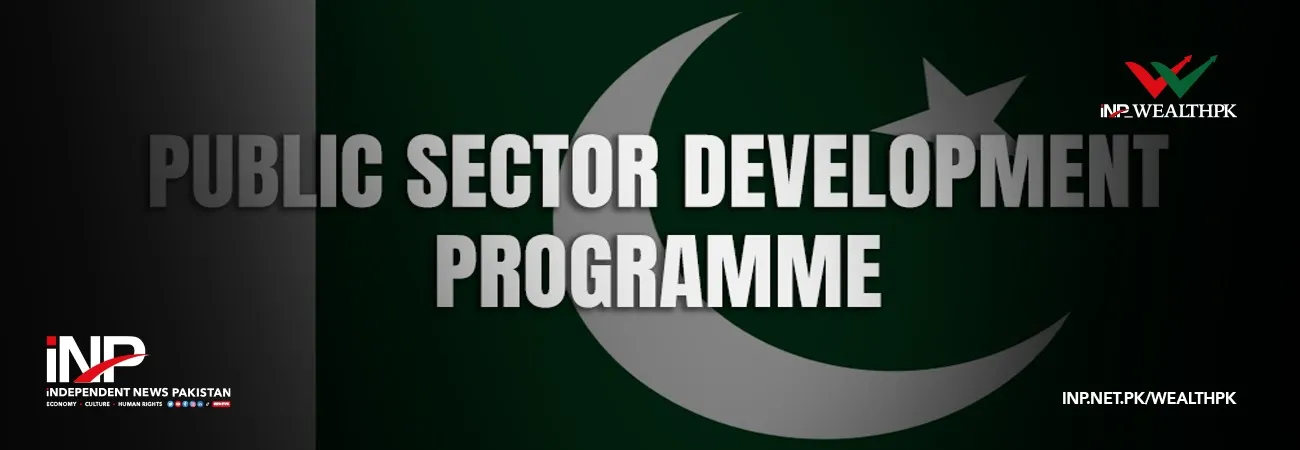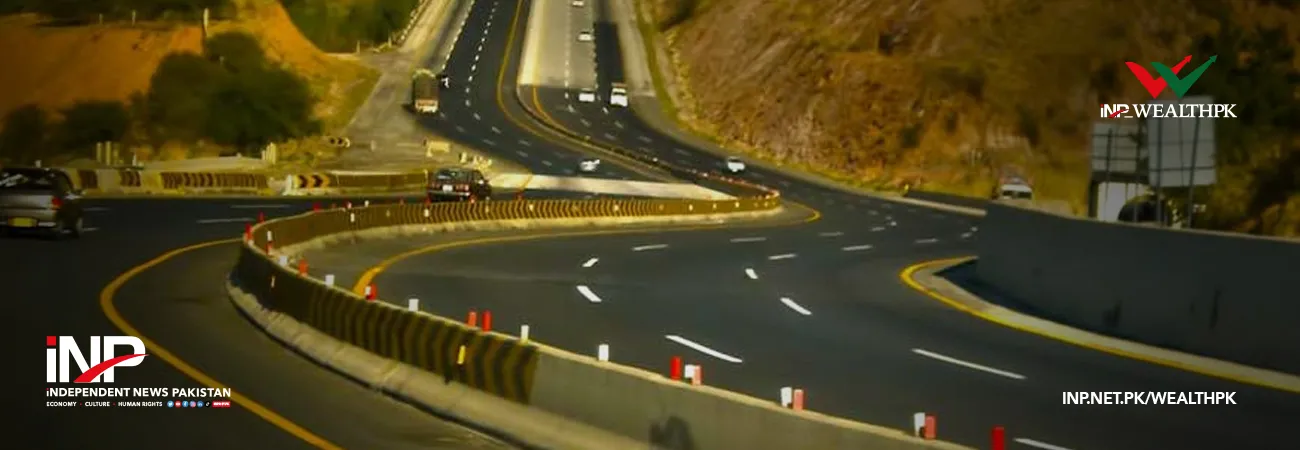INP-WealthPk
by Shabana Syed:
The Dasu attack is a tragedy of innocent lives and exposes that a hybrid war by those opposing China-Pakistan cooperation (CPEC) will continue.
It is of no consequence that the proponents of conflict and chaos and the main opponent of the Belt Road Initiative (BRI), the US, has reached an agreement to maintain regional peace; the ‘U.S.- Afghanistan – Uzbekistan- Pakistan - Quad Regional Support for Afghanistan-Peace Process and Post Settlement.’
Many critics argue that the wordings of the agreement expose that US may not be so interested in peace but does not want to be left out of trade developments taking place in the region led by China.
As the agreement clearly stipulates “enhancing regional connectivity…. to open flourishing interregional trade routes, the parties intend to cooperate to expand trade, build transit links, and strengthen business-to-business ties”.
The attack which killed nine Chinese nationals and two Pakistani soldiers had several aims; to weaken China’s confidence in Pakistan and target the extensive progress made in CPEC projects.
It was also meant to affirm the uncorroborated allegations made by the US and its ally Prime Minister Modi against Pakistan as a ‘terrorist state.’ However, China is well versed at the US and the UK’s orchestrated misinformation campaigns.
The attack occurred just a week after Prime Minister Imran Khan visited Gwadar Port, an important project of China-Pakistan cooperation. Imran Khan at the occasion guaranteed Chinese workers and investors that Pakistan will do everything to facilitate the smooth functioning of CPEC projects.
He visited the Gwadar International Airport, which is near completion and will become an international hub with a capacity to cater for large aircrafts and huge numbers of passengers, as well as a cargo terminal.
He also inaugurated Gwadar Free Zone (phase two), the Gwadar expo centre and the 1.2 million gallons per day desalination plant solar generators. Chinese Ambassador to Pakistan Nong Rong and Ambassadors of the UAE and Saudi Arabia alongside CEOs of leading Chinese conglomerates also attended.
The attack also came at a time when India and the US are failing to gather allies against China and Pakistan. There are already 140 countries and organisations that have joined BRI and signed the Memorandum of Understanding (MoU).
Pakistan-China alliance has solidified, and Islamabad’s multi-polar grand strategy is in line with the aspirations of the BRI and Russia’s Greater Eurasian Partnership, which mainly involves integration and creating trading partners.
Beijing is concerned to maintain peaceful conditions which are the basis for development. Therefore, after the US’s withdrawal it called for the establishment of a trilateral mechanism, with Beijing and Kabul joining for dialogue and looking for a solution to security concerns. It was Islamabad that facilitated Beijing and Moscow’s dialogue with the Taliban.
The Taliban has indicated positively to cooperate and participate in the trans-Afghan connectivity corridors through PAKAFUZ, and work towards bringing prosperity to the region.
American media on the other hand is busy propagating doom and gloom stories for China after the US’s withdrawal from Afghanistan. A Bloomberg article by Booby Ghosh predicts the country will “slip back into an all-out civil war” disrupting “China’s connectivity interests in the country” and BRI projects.
The article doesn’t highlight the reality facing the US and ignores the growing influence of China, Pakistan and Russia who are offering the Central Asia region an alternative based on building infrastructure, trade routes and development, as opposed to US’s relentless wars.
Pakistan, a nation maligned for decades as a “failed state” is today standing with China, Russia, Iran, and Central Asia Republics on the verge of the New World Order, which is based on cooperation and economic regional connectivity.
Andrew Korbyko, a political analyst specializing in China's Belt and Road global vision of New Silk Road connectivity, predicted in 2015 that “Pakistan will fulfil its geostrategic destiny as the ‘Zipper of Eurasia’ by connecting a variety of stakeholders through their shared economic interests”.
Following Pakistan’s progress, in 2019 he wrote in ‘Pakistan the Global Pivot State’ that “the South Asian state regrettably has a terrible international reputation as a result of the joint Indo-American info war …but an objective look at the country’s geostrategic and domestic capabilities reveals that it’s in a prime position to influentially shape the contours of the coming century”.
Khalid Mahmood, the ex-Secretary of PC-CPEC Parliament of Pakistan who is diligently working with China on the implementation of CPEC projects also argues that Pakistan has emerged as a ‘Pivot’ state in Eurasia.
He explains it is not only because of the opportunity offered by the BRI but also the intellectual prudence of the country’s founding fathers, who were visionaries, like Mohammed Ali Jinnah and Malik Feroz Khan Noon, the 7th Prime-Minister of Pakistan.
Mr Jinnah’s prophetic words appear to have come to haunt India and the West. In 1947, Life magazine reporter Margaret B. White went to Pakistan to interview Mr Jinnah. She describes the state of the newly established country separated from the main body:
“Pakistan raised 75 per cent of the world's jute supply; the processing mills were all in India. Pakistan raised one third of the cotton of India, but it had only one thirtieth of the cotton mills.
Although it produced the bulk of Indian skins and hides, all the leather tanneries were in South India. The new state had no paper mills, few iron foundries. Rail and road facilities, insufficient at best, were still choked with refugees.”
However what astonished White was that even though the new country was facing a disastrous situation, Mr Jinnah in ill health but with undeterred optimism stated: "America needs Pakistan more than Pakistan needs America," … "Pakistan is the pivot of the world, as we are placed" -- "the frontier on which the future position of the world revolves."
Jinnah’s words about America needing Pakistan were mocked by many caught up in the notion of white privilege and US exceptionalism. However, one may ask the question how was Jinnah wrong?
Jinnah was prudent enough to point out that the US would need Pakistan as a buffer against an encroaching Russia. And that’s what took place. After the second world war the Soviet Union’s threat to the West had become imminent, and Russians had taken over many parts of Europe.
The US needed to work with Pakistan to fund and support a Jjihad against Soviets in Afghanistan. Even at the height of the war on terror policies, the US used Pakistan as a base to attack Al Qaeda and Taliban, which it had conveniently funded in a long- term strategy to keep the region weak through conflict so US could maintain its presence.
And as Mr Jinnah had pointed out a “buffer zone” against China and Russia.
Mr Mahmood states that the bitter truth for US is that it “needs Pakistan more than Pakistan needs America.” He explains: “Today Pakistan is developing at an accelerated pace; the Belt and Road Initiative has been a ‘game changer’ for Pakistan and the pivot for that game changer is Gwadar”.
At present the US needs Pakistan to counter the growing power of China, but also realises that bullying is not going to work anymore. The resilient economies led by President Xi Jinping and President Putin are offering an alternative emerging multi-polar new world order. And Pakistan having taken the alternative route has emerged as “the Pivot” occupying a position around which many countries in the region are revolving.
INP/javed













